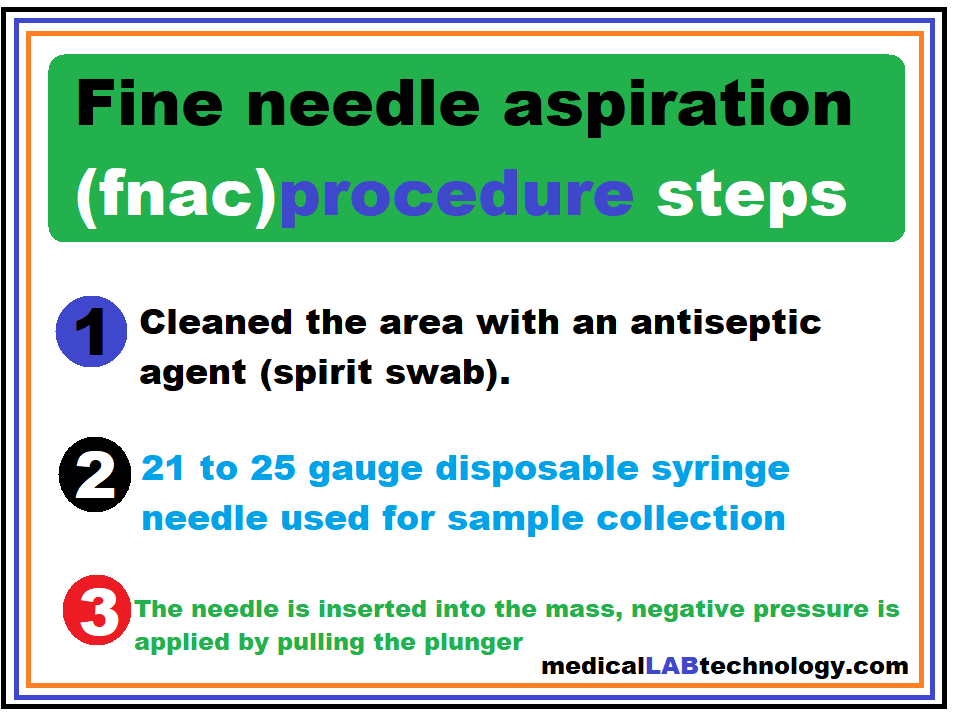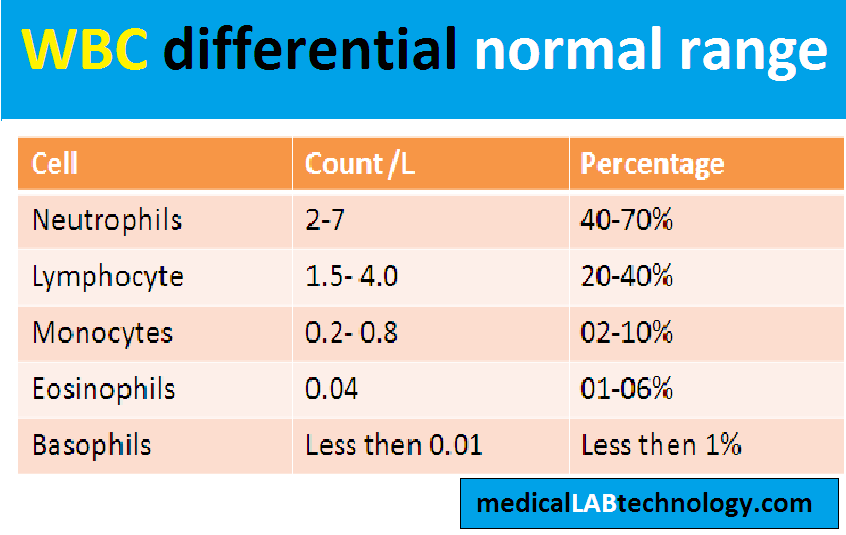Cytology cell block preparation procedure steps cytology
A cytology cell block is an important procedure. Block can be prepared from the FNA aspirant or other body fluids like peritoneal, and cerebrospinal fluid. Cell block preparation procedure steps in the cytology The following are the cell block preparation steps in the cytology lab. The aspirated material from the syringe is rinsed thoroughly with … Read more


